In a permaculture garden, we use all the earth resources for gardening purposes. In the conventional type of gardening, the gardeners would like to grow what they want.
But in permaculture, we grow those plants that suit the given area. You should utilize the surrounding environment like climate, land, and weather conditions to grow ideal plants in permaculture.
Permaculture is a combination of two words: permanent and Agriculture. Bill Morrison is also known as the father of permaculture. In the book Introduction to Permaculture, he describes permaculture as
“A philosophy of working with, rather than against nature; of protracted and thoughtful observation rather protracted and thoughtless labor; and of looking at plants and animals in all their functions, rather than treating any area as a single product system”.
According to this definition, permaculture is a process in which we use all the natural forces and less labor without destroying the land. In this article, we are going to discuss some techniques which are associated with permaculture.
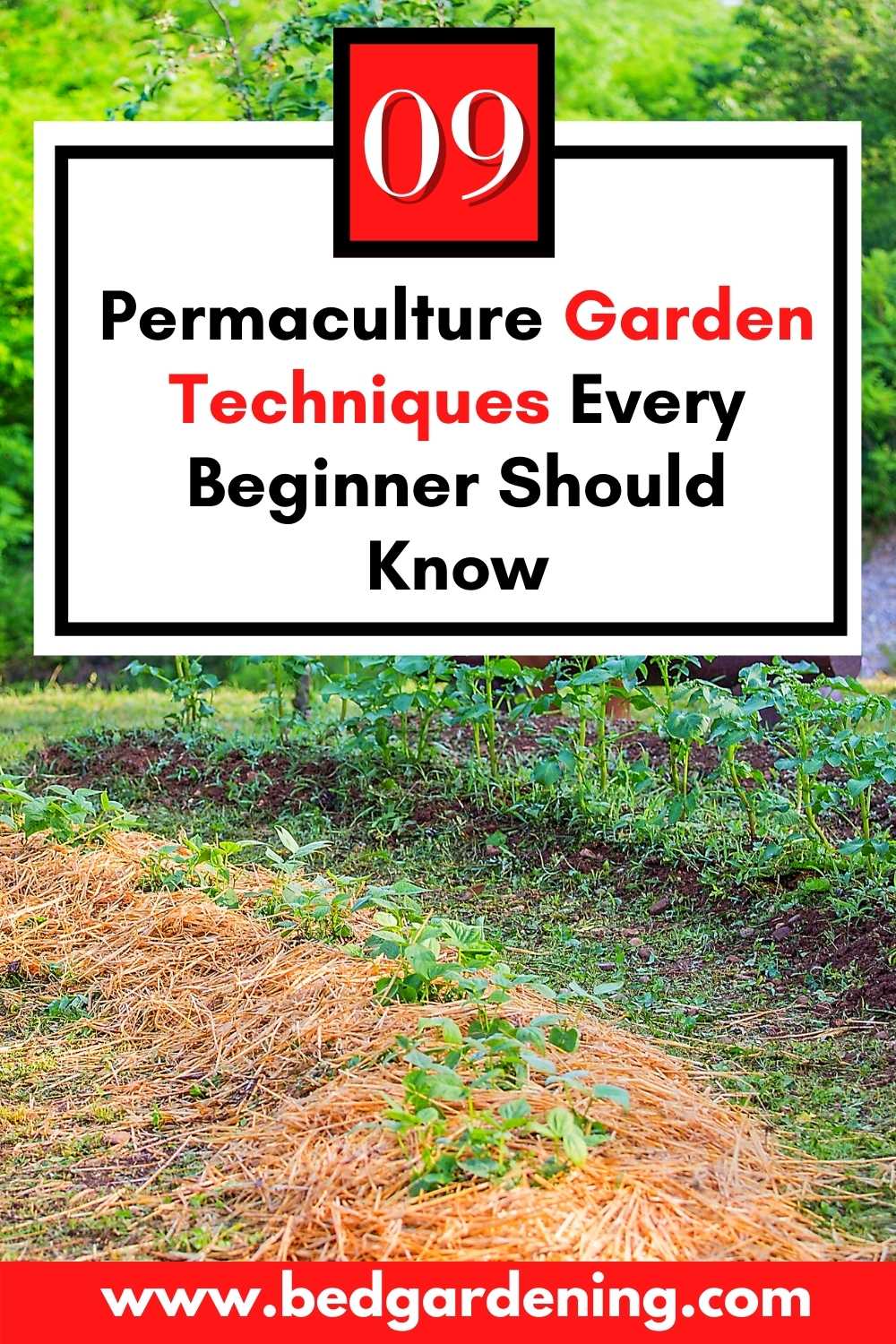
We will give you detailed information about these techniques which will help you to start your permaculture garden.
1. HUGELKULTUR
It is a German word that can pronounce hoo-gul-culture. This process is similar to the natural decomposition that occurs in forests. In this technique, you will construct mounds by piling logs, branches, plant waste, compost, and other additional soil directly on the ground.
According to Wikipedia:
Hugelkultur is a composting process employing raised planting beds constructed on top of decaying wood debris and other compostable biomass plant materials. The process helps to improve soil fertility, water retention, and soil warming, thus benefiting on or near such mounds.
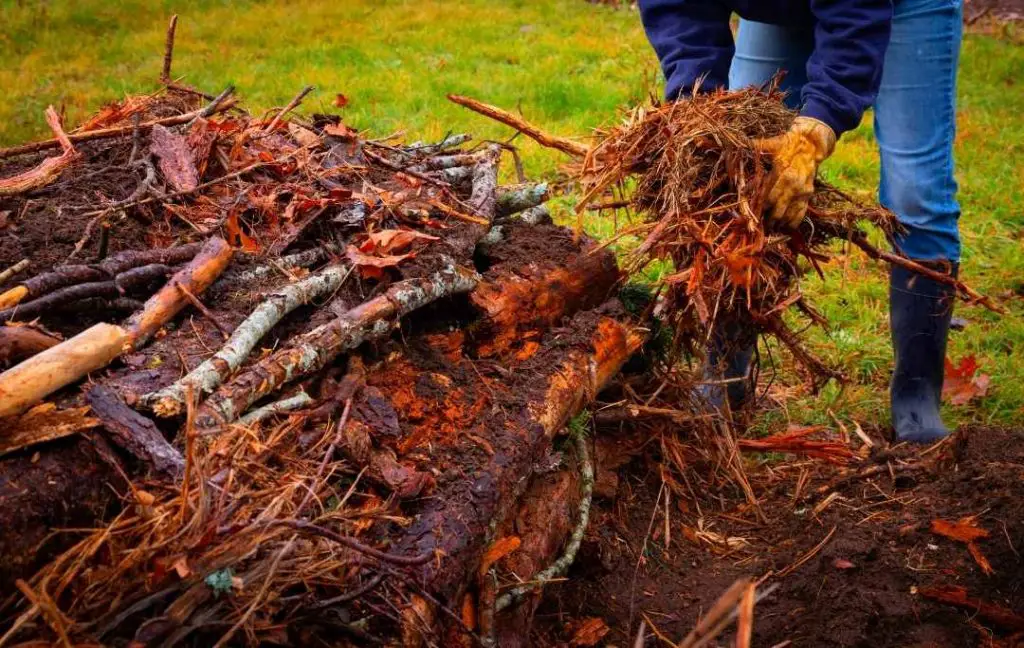
There are many benefits of hugelkultur, the following are some which help you to understand why this technique is important in permaculture.
- The rotting wood will add beneficial nutrients to the soil. It contains nitrogen which is good for thriving your plants.
- The other important function of rotting wood is that it soaks the water from the soil and holds it for plants.
- Wood takes a long time to rot and provides nutrients to the soil for a long time.
- When the logs and branches break down then soil aeration will increase.
2. KEYHOLE GARDEN
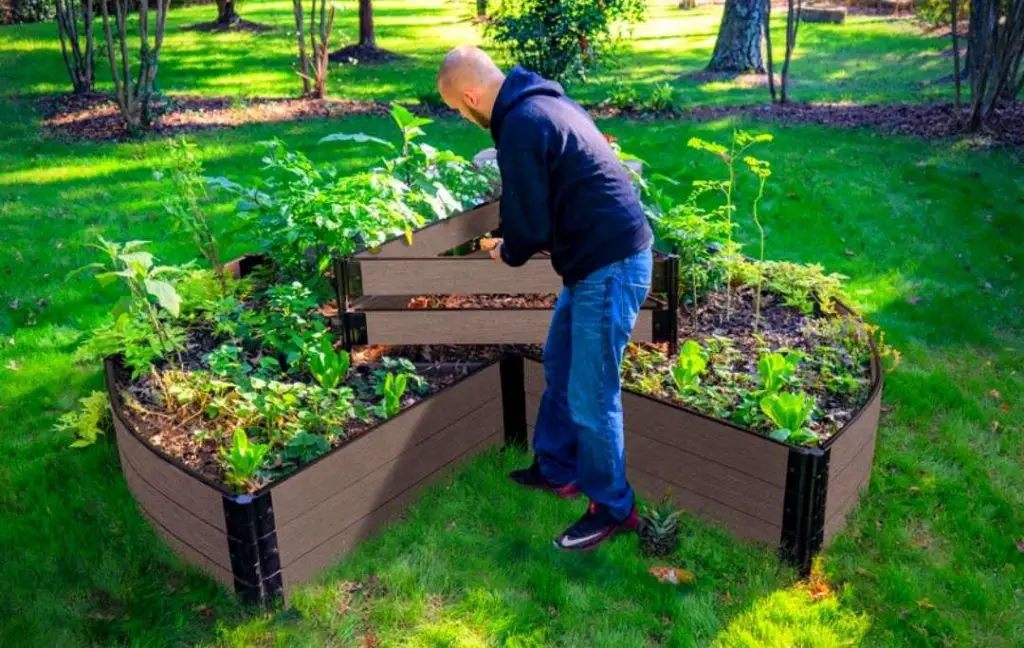
This is an efficient and intelligent ecological design of gardening. This circular design is best for small places. You can accommodate a variety of plants in this bed.
This garden is easily constructed without affecting your pocket. In this technique, you will use recycled, reusable, and available materials.
In this way of guarding you will easily access the crops. There is no need to tilling the soil in the bed. This will prevent your soil from disturbing and the microorganism inside the soil helps in the decomposition process.
The diameter of this circular is about 2 meters and its height will be 1 meter. The name of the keyhole bed is due to a notch-like gap in the centre. There is a composting basket in the notch.
In this basket, you will throw all your organic kitchen waste. This waste helps to moisten and nourish the soil. This notch is connected to an open pathway that runs through in the middle of the bed.
3. COMPOSTING
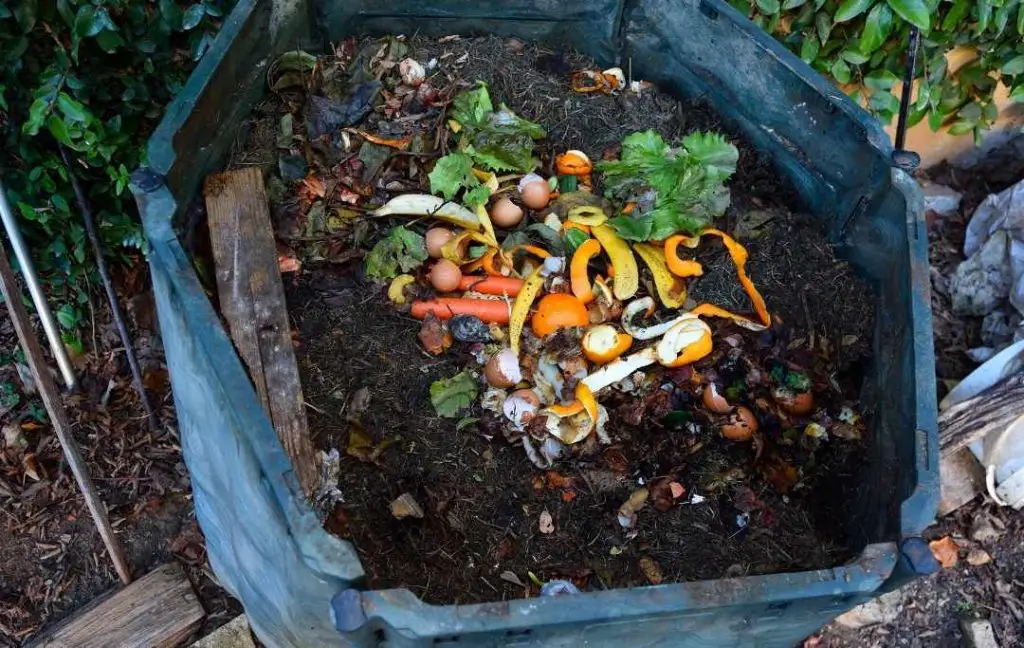
If you want to make the soil rich then you should add compost. You can also buy compost from any gardening store, but you should make your compost at home in permaculture techniques.
It is not a difficult task because it is a recycling process as you will make it from kitchen waste. In this way, you will incorporate organic matter into the soil. When you add homemade compost to the soil then there is no need to buy costly fertilizers.
You can make different types of compost at home. Now we will discuss them one by one.
COLD COMPOSTING
Cold compost is most popular among gardeners. For cold composting, you need grass clippings, weeds, scraps, and coffee grounds. Spread a layer of this material on the soil and let the worms, microorganisms, and bugs work.
After 8 to 12 months, this waste material will produce fluffy humus soil. You will think this is a long time but the results are awesome.
HOT COMPOSTING
You need a heap of weeds, manure, and straws from the chicken coop for making hot composting. Chop all the organic matter into small pieces so you can easily make them.
Now you will mix all green and brown materials to create a huge pile. At this stage, sprinkle some water to keep the soil moist. The high temperature will make great hot compost.
The size of the pile should be one cubic meter. You can also cover the pile with the breathable trap. This will help to maintain the moisture. After one month, you should keep an eye on the temperature with the help of a thermometer and turn it on every 4 to 5 days.
CHICKEN COMPOSTING
This is a slow method of making compost, in this method, you have to throw everything into the chicken pen. The chickens will eat their favorite food and unwanted material will build up there.
The organism from below the material will compost it. After one year, you will get a big hot compost pile and you can use it for spreading in your garden.
WORM COMPOSTING
You can create a small farm of worms where they eat grass, paper coffee grounds, and other kitchen wastes. Make sure you should not throw onion and citrus there.
The worms are very efficient and they will make high-quality compost which is called worm castings. You can use this compost directly in your garden.
5. COMPANION PLANTS
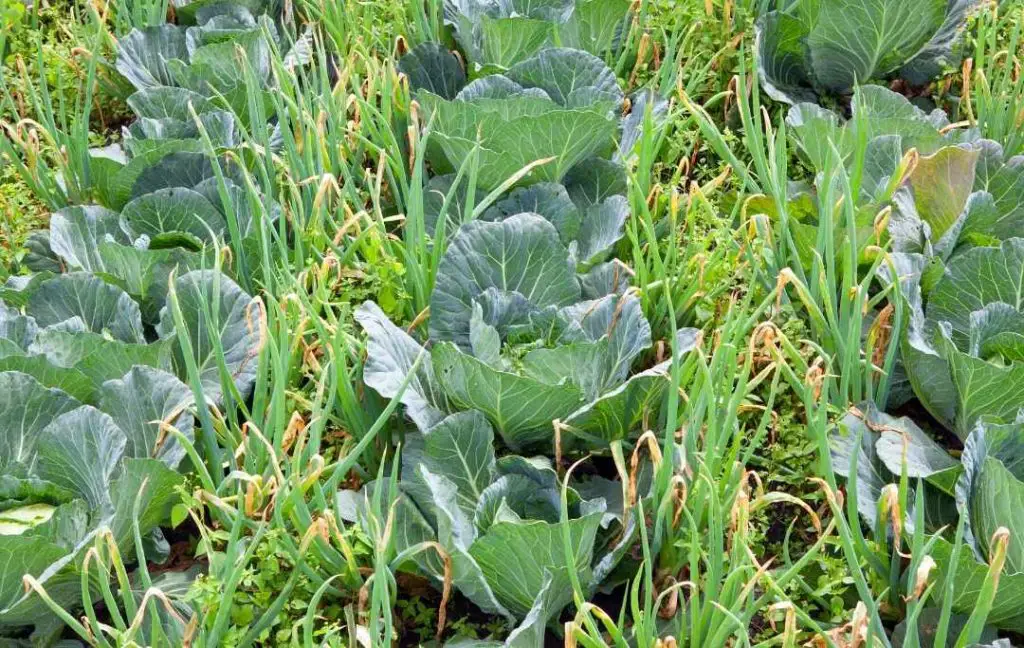
Companion plants help each other, for example, if you plant corn and beans together. Corn stalks will help to support beans. As a result, the bean plant will climb easily.
If you grow squash with these two plants then you will complete the Three Sister Technique. This technique of planting is very helpful as different species of plants may thrive more when they plant closely together.
This technique is associated with permaculture. The following are the benefits of companion planting:
- Some plants, for example, herbs, will change the flavor of other plants. If you want to enhance the flavor of tomatoes then you can grow them with basil.
- If you grow different plants in the same area then some plants cover the ground for others and some provide support.
- Some plants fix the nitrogen in the ground and make it available to other plants.
- Some plants repel insects and pests such as nematodes and fungi. By growing these plants together there is no need to use chemical pesticides.
- Some plants attract insects which are helpful for other plants like ladybugs and good nematodes.
- Some plants provide shelter to others and protect them from rain and strong wind.
6. RAISED BED
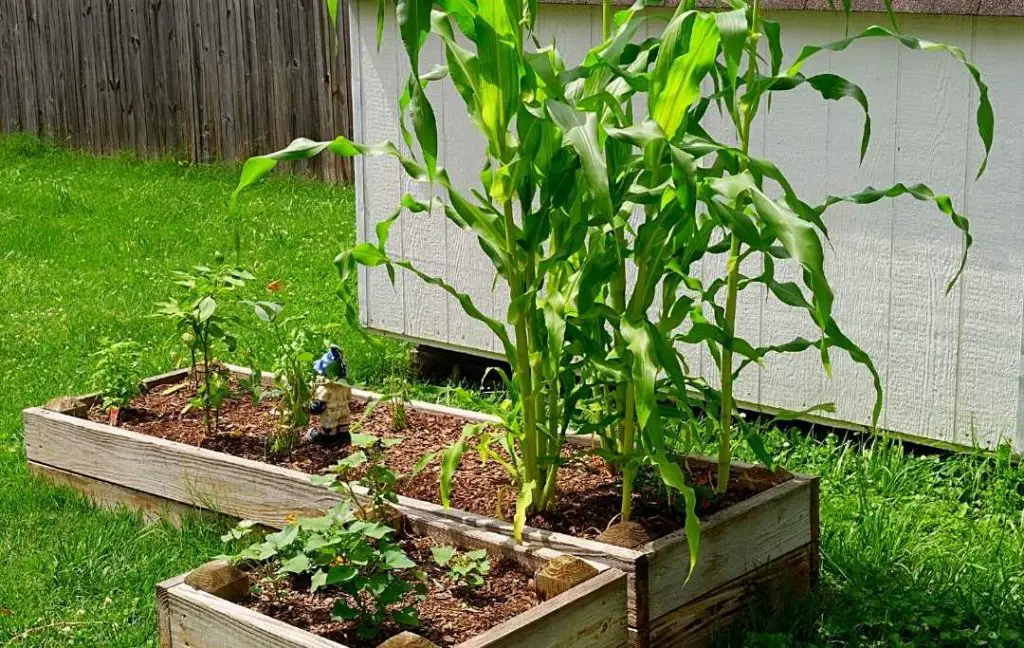
If you are facing the problem of limited space, you can build raised beds for growing vegetables and flowers in a small area. This is a very effective permaculture technique. Raised beds make it easier for you to maintain the fertility of the soil. There are numerous benefits of raised beds.
- Maintenance of your plants will become easier by installing raised beds. But Make sure the raised bed should not be 3 feet wide. The reason is that if the weight of the raised bed is too large then you can’t reach your plants easily.
- By building a raised bed, you can prevent your plant from weeds. The weeds are unwanted plants that steal the nutrients of the soil. As a result, there is a competition between the plants and weeds for nutrients.
- If you have any physical issues then raised beds are a good option for satisfying your hobby of gardening.
Read More
- HOW TO GROW GREEN ONIONS IN A RAISED BED?
- HOW TO START A NO-DIG GARDEN?
- 10 Best Permaculture Garden Designs
7. SHEET MULCHING
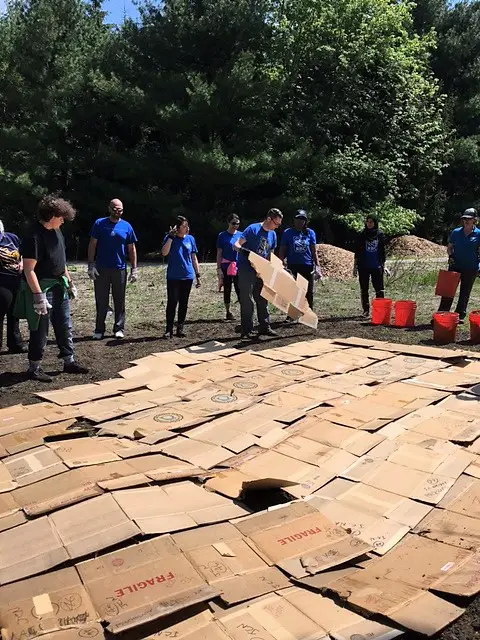
If you want to create a permaculture paradise then you should do it with sheet mulching. You can easily start with a biodegradable weed barrier like cardboard.
After that, you spread a layer of compost and mulch. Organic material in the soil will break down and worms move in the soil. The soil will become soft and aerated and create a healthy planted bed.
Sheet mulching has many benefits: it will help to turn lawns or weedy waste areas into gardens. The thickness of the sheet mulching can be a few inches to 2 feet. It depends on how bad your soil is and the organic material you add.
8. NO-DIG GARDENING
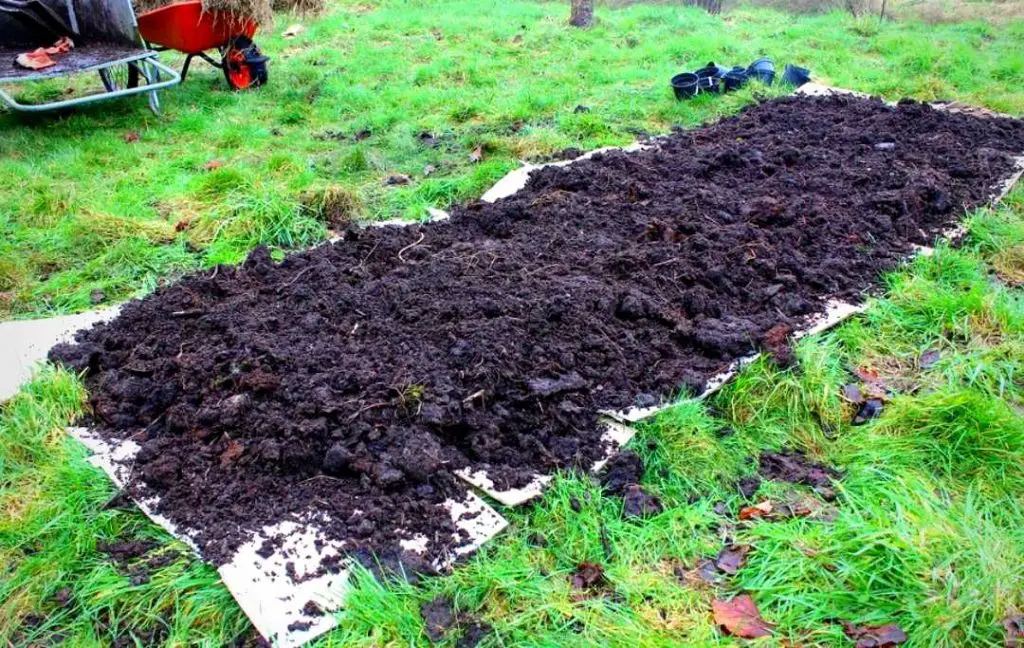
In this technique, you will not dig your soil and will not disturb the soil life. The microorganisms like fungi and worms help to feed the roots of the plant.
In this method, you allow nature to take control over your garden. The roots of the plants remain untouched. At the end of the growing season, you will not pull the plants from the soil but cut them with the help of pruners.
The organic matter such as compost, fertilizer, or mulch which you add to the soil. Don’t mix it in the soil but spread it on the top of the soil. This will create a wild environment for your plants.
Following are the advantages of no-dig gardening.
- No-dig gardening will help your soil to increase its biological diversity, fertility, water retention, and finally production of the crop.
- The air pores of the soil will become compacted and your plants need less water for irrigation.
- The microorganism will continue to do their work without any disturbance.
- The left-behind roots of the plants will decompose with time and provide all the basic nutrients to your plants.
- No-gardening will save your time, effort, and physical labor. This technique will make your work easy and you will prepare your garden effortlessly.
9. VERTICAL GARDENING
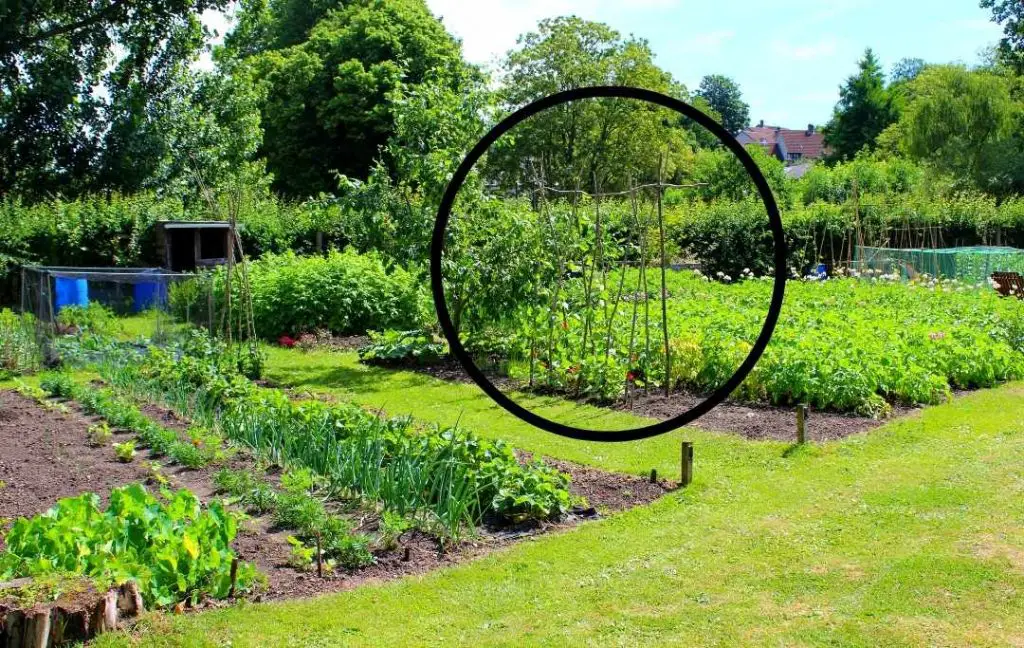
In permaculture gardening, we use all the available resources for growing plants. For growing plants in a small area, you can use the vertical gardening technique. This way of gardening is best for those who have limited space. There are many benefits of vertical gardening.
- The most important benefit of vertical gardening is that you can grow more plants in less space.
- In this method of gardening, you can grow plants even on a balcony, patio, walls, and fences.
- Vertical structures which you use for growing plants are a gorgeous way to create privacy. You can hide your unsightly areas at the same time it will add garden room and secret spaces to your growing area.
- You can easily maintain your plants vertically. There is no problem with weeds and pests and you can protect your plants from different diseases.
- Your plants get more sun exposure. In this way, your plants will be able to thrive better than those left growing on the ground.
- The plants that grow vertically will get more airflow. The better air circulation around the plants will help them to grow healthily.
If vining plants grow vertically then they will give you more production. If you grow plants vertically then harvesting vegetables and fruits become very easy. The vertical structure not only provides support to the vegetables, but also brings the crops up to eye level.
The vegetables which you grow vertically are prettier than those grown on the ground. The heavier vegetables will get proper support as a result, there would not be an ugly yellow spot on them which happens when you grow them on the ground.
